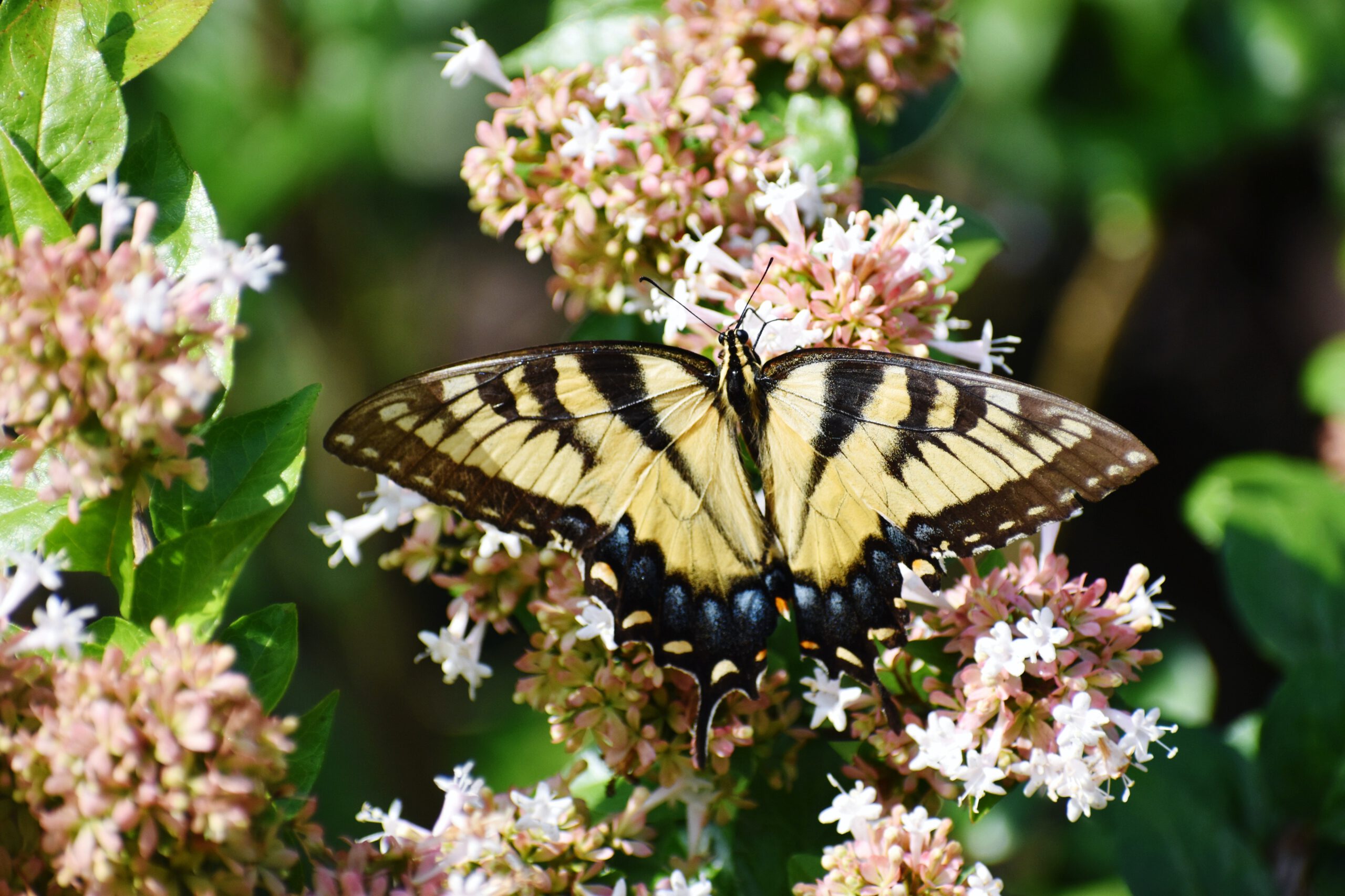How to Make a Butterfly Garden
by siteadmin

How to Make a Butterfly Garden
A butterfly garden needs a mix of flowers, shrubs and trees at different heights. This reflects natural patterns in which butterflies seek out flowers at specific heights to accommodate their long probosces.
Shallow puddles and moist sandy areas (called puddling stations) provide water, salts and minerals that are important to butterflies. Add a birdbath or plant saucer filled with wet sand.
Plant Nectar-Rich Plants
Having many flowering plants in bloom throughout the garden will attract butterflies. Plant flowers in large clumps rather than individual blooms to make it easier for butterflies to find them. Try to avoid plants that have double flowers, which often have little nectar and are not as nutritious as single-flowered varieties.
The best choice for flowering plants are those native to your area. These species are well-adapted to the local climate and provide a continuous source of nutritious, timely nectar. Consider also planting a few leafy "host" plants that will attract egg-laying butterflies and provide food for their caterpillars.
Butterflies are cold-blooded, so they need sunlight to warm themselves. Be sure to locate your butterfly garden in an area that receives direct sun for the earliest part of the day. Also, add heat-retaining elements to the garden, such as paved areas and rocks. Lastly, provide shallow puddles for butterflies to drink in during the hottest parts of the day.
Create Shallow Puddles
Providing for the needs of butterflies at every stage of their life cycle is essential to attracting and keeping them. As cold-blooded insects, they must warm themselves in the sun and seek shelter from wind and rain. Plant a variety of trees, shrubs and flowering perennials in your garden to provide both.
Butterflies also like to bathe or “puddle” in shallow muddy areas and puddles. They sip water to help maintain body temperature and extract vital minerals, such as sodium, from the mud. You can make a butterfly puddling station by filling a shallow dish with water and adding pebbles or sand to create a moist “mud” that butterflies and other insects may use to drink.
Another option is to create a small watering dish from a pie pan or plastic plate. Drill three holes equidistant in the plate and hang it from a tree or other sturdy location near butterfly-friendly flowers. Alternatively, you can make a puddling station by placing a plate or other shallow dish in a sunny area surrounded by rocks and covered with sand or soil.
Provide Shelter
Butterflies need a variety of plantings to support their life cycle, from the larval host plant on which they lay eggs to the adult nectar plants they seek out. Site a mix of native flowers, shrubs, and trees. They can provide shelter from the wind, as well as roosting spots at night and hiding places from predators. Native trees such as willow and pawpaw offer a source of water for butterflies, as do muddy areas and shallow puddles.
Add a birdbath or a shallow dish of water to the garden, and change the water frequently. Also, make sure your garden has a good amount of sunlight. Most butterfly plants need full sun to thrive. Consider adding a layer of compost to improve the soil. It’s also a good idea to fertilize the garden with a balanced soil enhancer. This will encourage healthy plants that will provide the best food for butterflies. Avoid using pesticides and herbicides, as they can harm the butterflies you’re trying to attract.
Create Natural Areas
Butterfly gardens should be natural in appearance and provide multiple habitat elements. Choose native plants that are well-adapted to your local climate and soil conditions, which will require less watering and fertilizer and won’t be subject to pests or diseases. Plant a mixture of annual and perennial flowers to extend the blooming period and attract butterflies throughout the growing season. Add shrubs such as glossy abelia, lilac, summersweet, buttonbush, and butterfly bush to offer shelter and food.
Stagger the heights of the plants in your garden to create different levels/strata of feeding opportunities. For example, tiger swallowtails prefer tall flowers like Joe Pye weed, while the least skipper butterfly favors flowers close to the ground, such as lavender and dianthus. Also, consider planting a few bareroot or plug plants so you can switch them out during the lulls in flowering that occur throughout the garden. Finally, locate the garden where it receives full sun to encourage butterflies to warm up and be active early in the day.
Southern Turf can handle all of your landscaping design needs!
Offering Tree and Palm Removal, Tree and Palm Trimming, and even Residential Drainage Solutions!
How to Make a Butterfly Garden A butterfly garden needs a mix of flowers, shrubs and trees at different heights. This reflects natural patterns in which butterflies seek out flowers at specific heights to accommodate their long probosces. Shallow puddles and moist sandy areas (called puddling stations) provide water, salts and minerals that are important…
